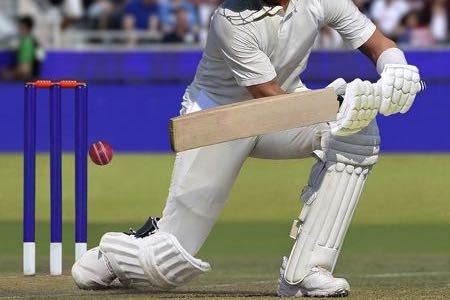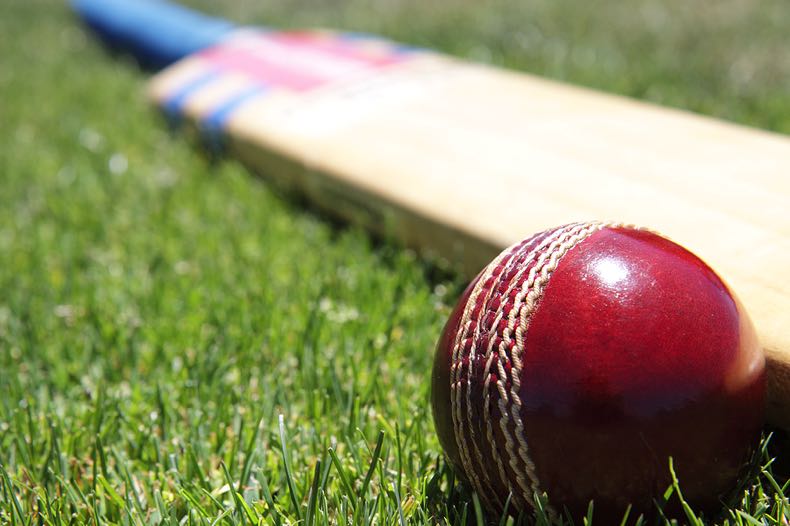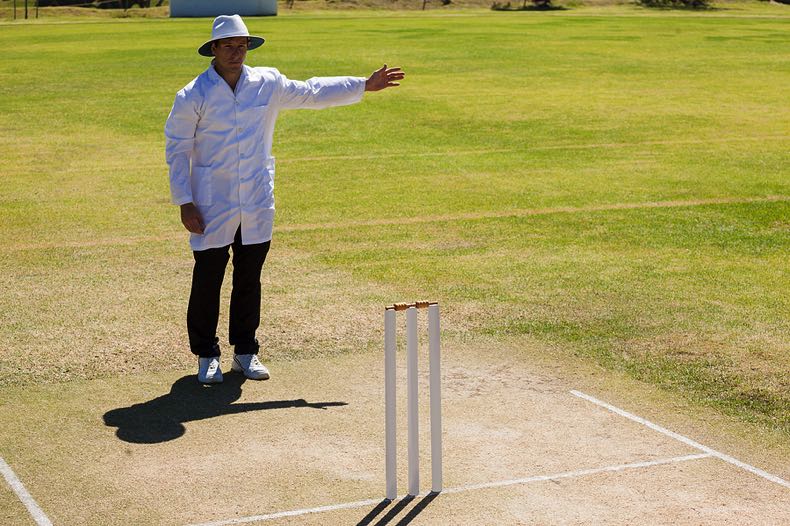 When watching cricket, you may see a signal pop up on screen showing that the next ball bowled will be a free hit. A free hit is a delivery bowled by the bowler which cannot end in the batter being out by conventional bowling methods. The batter in this scenario will not be dismissed unless they are run out, have hit the ball twice or are caught obstructing the field.
When watching cricket, you may see a signal pop up on screen showing that the next ball bowled will be a free hit. A free hit is a delivery bowled by the bowler which cannot end in the batter being out by conventional bowling methods. The batter in this scenario will not be dismissed unless they are run out, have hit the ball twice or are caught obstructing the field.
Even if their stumps are knocked over, their pads are struck (LBW) or they are caught, they will not be dismissed on a free hit. This rule is one used only in limited overs games such as one-day internationals, T20 matches and the like. Whenever a bowler delivers a no-ball in such games, the next ball will be a free hit.
Advantages of Free Hits to Batters

More so than being confident they will not be dismissed on the next ball; a batter takes an even greater advantage when being allowed a free it when it comes to runs. Knowing they won’t be given out, they can afford to be bolder and play a more expansive shot than they otherwise might have, aiming to hit a six or a four if possible.
On a free hit, no wicket that would have been credited to a bowler will be given. This rules out caught, bowled, stumped, LBW and hit wicket. This happens because a free hit being awarded is as a result of a fault on the bowling side, i.e., the bowler bowling a no-ball. Therefore, an advantage is awarded to the batting team.
Should the batter hit the ball twice, obstruct the field or be run out after playing a shot then they can still be out on a free hit, but such instances are very rare indeed. Furthermore, if a batter is bowled or even caught in the field during a free hit, the ball is classed as still being in play. This means they can run. When bowled, runs are awarded to the batter if the ball struck the bat on the way through or are given as byes when clean bowled.
If a bowler should clean bowl a batter on a free hit with the ball going all the way to the boundary rope, then 4 byes will be given. Again, this is rare but can and does happen on occasion. Big runs are not possible every time. A batter may go high with their shot, be caught, but may not want to push for runs if the fielder is in a good enough position to force a run-out.
Free Hit Fielding Restrictions
Whether or not a fielding team can change their field is down to who is left on strike. If the same batter who faced the original no-ball, causing the free hit, is still on strike then the fielding side cannot change the field. The only difference to this is that the wicketkeeper is allowed to move back if they had been standing up to the stumps for the original delivery. This is allowed on safety grounds.
If an odd number of runs were taken during the no-ball, this would put the other batter on strike. When this is the case, the fielding side can readjust the field with a different batter facing the free hit. If the no-ball was called due to an illegal field placement, given the restrictions involved in one-day matches, then of course an adjustment is needed. Re-positioning of the field will also be allowed if the batter on strike were to change for another reason, such as a new batter replacing one run out on the no-ball by failing to make their ground on the second run.
Umpire’s Signal

To look out for a free hit, especially if you’re in the ground and not watching at home, you’ll need to watch for the umpire’s signal. The umpire standing at the bowler’s end will signal a free hit by making circular movements with one hand raised.
This will only count for the next ball coming up. If a free hit ball is once again bowled as a no-ball for any reason, then the free hit is carried over. Once again, the umpire will use the same signal to let the crowd and the scorers know of the impending free hit.
The History of Free Hits in Cricket
In one-day internationals, there was a focus after the turn of the millennium on big scoring. Squeezing batters for runs was not seen as ideal, so free hits were brought into the international game in October 2007 for no-balls. At first, only no-balls called for foot faults on the crease were given as free hits. From 2015 onwards, rules were amended to allow for free hits for all no-balls in the one-day game.
